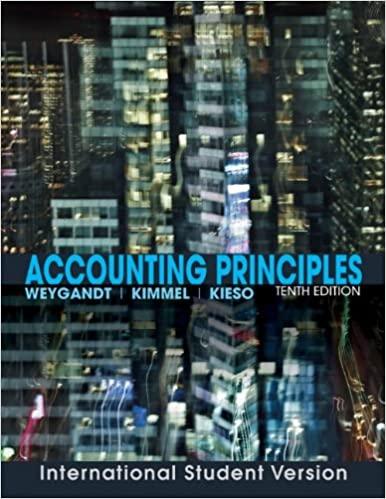Answered step by step
Verified Expert Solution
Question
1 Approved Answer
Need help solving the rest of these boxes!! Thank you The financial statements for Armstrong and Blair companies are summarized here: The companies are in



Need help solving the rest of these boxes!! Thank you
The financial statements for Armstrong and Blair companies are summarized here: The companies are in the same line of business and are direct competitors in a large metropolitan area. Both have been in business approximately 10 years and each has had steady growth. Despite these similarities, the management of each has a different viewpoint in many respects. Blair is more conservative, and as its president said, "We avoid what we consider to be undue risk." Both companies use straight-line depreciation, but Blair estimates slightly shorter useful lives than Armstrong. No shares were issued in the current year and neither company is publicly held. Blair Company has an annual audit by a CPA, but Armstrong Company does not. Assume the end-of-year total assets and net equipment balances approximate the year's average and all sales are on account. Required: 1. Calculate the following ratios. TIP: To calculate EPS, use the balance in Common Stock to determine the number of shares outstanding. Common Stock equals the par value per share times the number of shares. (Use 365 days in a year. Do not round intermediate calculations and round your final answers to 2 decimal places.) Answer is not complete. \begin{tabular}{|l|c|l|c|l|} \hline \multicolumn{1}{|c|}{ Ratio } & \multicolumn{2}{c|}{ Armstrong Company } & \multicolumn{2}{c|}{ Blair Company } \\ \hline Tests of Profitability: & & & \\ \hline 1. Net Profit Margin & 10.00 & % & 11.11 & % \\ \hline 2. Gross Profit Percentage & 54.40 & % & 50.00 & % \\ \hline 3. Fixed Asset Turnover & 2.50 & & 2.70 & \\ \hline 4. Return on Equity & & % & & % \\ \hline 5. Earnings per Share & & & & \\ \hline 6. Price/Earnings Ratio & & & & \\ \hline Tests of Liquidity: & & & & \\ \hline 7. Receivables Turnover & & & & \\ \hline 7. Days to Collect & & & & \\ \hline 8. Inventory Turnover & & & & \\ \hline 8. Days to Sell & & & & \\ \hline 9. Current Ratio & & & & \\ \hline Tests of Solvency: & & & & \\ \hline 10. Debt-to-Assets & & & & \\ \hline \end{tabular}Step by Step Solution
There are 3 Steps involved in it
Step: 1

Get Instant Access to Expert-Tailored Solutions
See step-by-step solutions with expert insights and AI powered tools for academic success
Step: 2

Step: 3

Ace Your Homework with AI
Get the answers you need in no time with our AI-driven, step-by-step assistance
Get Started


